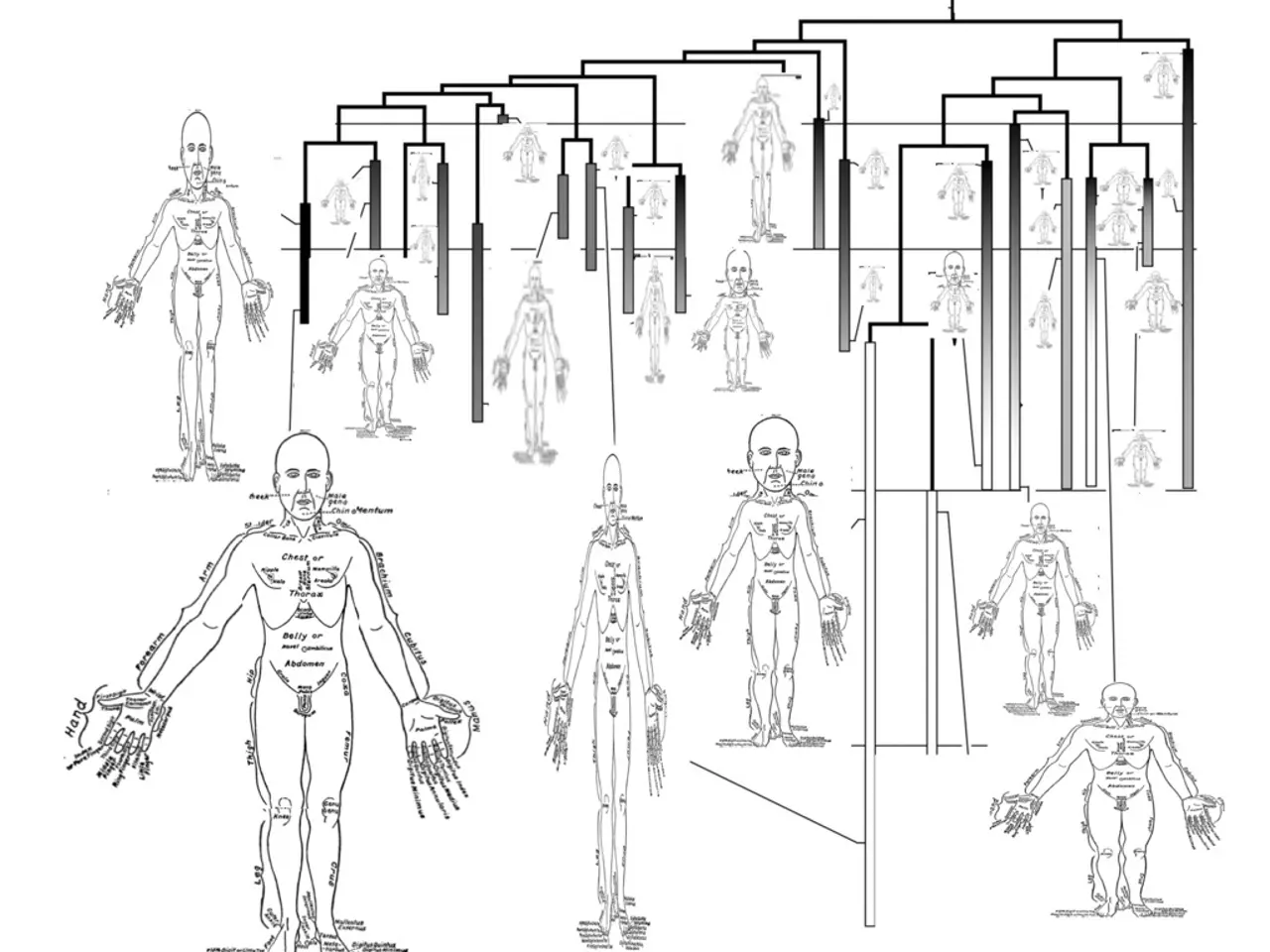Studying Neuroplasticity: The Capacity of the Brain to Adapt and Change Structurally and Functionally
The human brain, a marvel of nature, is a dynamic organ that possesses an extraordinary ability to adapt, learn, and recover - a phenomenon known as neuroplasticity. This remarkable capacity allows the brain to reorganize itself by forming new neural connections and pathways, enabling it to adapt to new experiences and challenges.
At the heart of this adaptability are billions of specialized cells called neurons, which communicate with each other through electrical and chemical signals. The adult brain, despite being less plastic than during childhood, remains capable of significant plasticity.
Embracing a lifestyle that encourages continuous learning and challenges the brain can stimulate neuroplasticity, enhancing cognitive abilities. Some practical ways to do this include engaging in regular physical exercise, practicing meditation, yoga, and mindfulness, challenging the brain with new learning experiences, and incorporating sensory and movement-based activities.
Regular aerobic exercise, particularly when done in the morning with sunlight exposure, increases blood flow to the brain, stimulates the release of growth factors, and enhances cognitive function. High-intensity exercise also stimulates pathways like the vagus nerve, increasing alertness and boosting neuroplasticity windows.
Meditative practices, such as yoga and mindfulness, soothe the nervous system, improve cognitive flexibility, and enhance the brain's capacity to adapt and respond to new information. These practices reduce stress, a key factor that hinders neuroplasticity.
Challenging the brain with new learning experiences, such as reading, puzzles, learning a new language, or playing a musical instrument, forms new neural pathways and strengthens cognitive functions. Incorporating sensory and movement-based activities, like sensory play, balance exercises, or dance with varied rhythms, enhances coordination, attention, emotional regulation, and learning capacity.
Ayurveda techniques, like taking Rasayana herbs, Nasya therapy (nasal application of medicated oils), and consuming restorative brain-boosting foods like beetroot, support nervous tissue regeneration and brain activity, further aiding in neuroplasticity.
Celebrating small achievements and maintaining a sense of purpose promote dopamine production, reinforcing positive neural patterns and motivating further personal growth.
Neuroplasticity not only opens up exciting possibilities for personal growth and development but also plays a crucial role in rehabilitation programs. Stimulating neuroplasticity can enhance recovery after brain injuries, as surrounding areas can rewire themselves to take over lost functions.
In conclusion, by adopting strategies to stimulate neuroplasticity, we can unlock our brain's potential for personal growth and development, adapt, learn, and flourish continually.
Engaging in regular meditation and mindfulness practices, as part of a health-and-wellness routine, can soothe the nervous system, improve cognitive flexibility, and enhance the brain's capacity to adapt and respond to new information, thereby promoting personal growth and development.
Incorporating sensory and movement-based activities, such as dance with varied rhythms, sensory play, or balance exercises, can enhance coordination, attention, emotional regulation, and learning capacity, contributing to neuroplasticity and ongoing learning.
Ayurveda techniques, including Nasya therapy, consuming brain-boosting foods like beetroot, and taking Rasayana herbs, support nervous tissue regeneration and brain activity, further aiding in neuroplasticity and personal growth.
Neuroplasticity not only offers exciting opportunities for personal development and growth but also plays a significant role in mental health and rehabilitation programs, enhancing recovery after brain injuries by allowing surrounding areas to rewire themselves and take over lost functions.




